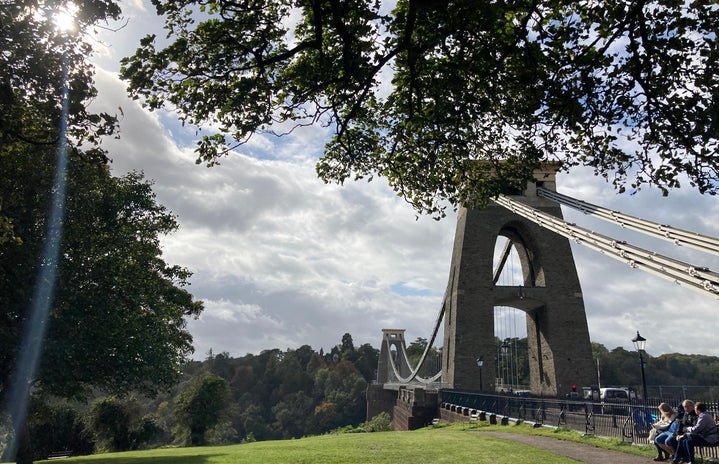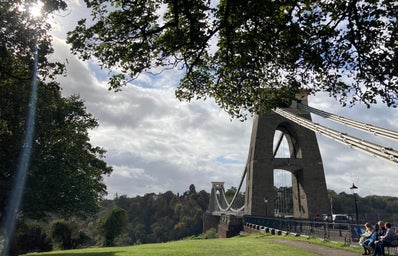Bristol zoo closed after 186 years!
The Bristol Zoo Gardens opened in 1836, which makes it the fifth oldest zoo in the world. It was founded by the Bristol, Clifton and West of England Zoological Society which was formed in 1935 by Henry Riley, alongside some other local shareholders. One of the most notable shareholders was Isambard Kingdom Brunel, known for creating the iconic Clifton suspension bridge and the SS Great Britain, which are also popular tourist attractions in Bristol today. As the zoo has been around for almost two centuries, we have the chance to see how the changes in societal values and the understanding of animal welfare have influenced the site and its practices over time. This includes the unnatural animal enclosures and elephant rides seen during the zoo’s early years are now almost unthinkable in a time when animal welfare and conservation are prioritised.
In many ways Bristol Zoo was a trailblazer; becoming the world’s first zoo to build a nocturnal house, the first UK zoo to breed Chimpanzees, Gorillas, and Sumatran Orangutans and the first Zoo to build an underwater tunnel in its aquarium. The zoo also became a significant player in global wildlife conservation, helping to save over 175 species from extinction through its breeding programmes and establishing over 30 field conservation and research projects. Bristol Zoo also became a key hub in the local community and tourism, welcoming multiple generations of Bristolian families and an estimated 90 million visitors over its lifetime.
Unfortunately, like many businesses, the COVID-19 national lockdowns significantly reduced the zoo’s income as very few people were able to visit the site. These financial difficulties, in combination with other issues such as rising energy costs and energy inefficient buildings, restricted parking, and the small size of the site itself; led to the zoo officially closing its doors on the 3rd of September 2022. The zoological society is moving around 70 species to a new safari-style park at its sister site; The Wild Place Project in south Gloucestershire which is due to open in 2024. Approximately 300 of the other Zoo animals will be re-homed by other zoos. This sister site was primarily used for animal breeding and quarantine until 2013 when the zoo opened a 55-hectare walking safari park. The wild place project will remain open during the development of this additional safari park until it officially becomes the new Bristol Zoo in 2024.
The original Clifton site is being redeveloped with aim of creating 200 new homes, a new café, and exhibition space. The zoo’s gardens will become freely available to the public for the first time since the zoo opened, allowing the public to enjoy the site after the animals leave. There is a focus on making this redevelopment project environmentally and socially sustainable, which includes building eco-friendly, low-carbon homes in areas with pre-existing structures.
The closure of the zoo and the plans for its redevelopment have divided opinions across Bristol. Some people praise the decision, arguing that moving to the wild place project is more sustainable, means the animals get larger enclosures and will generate additional money to support the running of the zoo. Whilst others are concerned that the new site will be less accessible to those without private cars and will increase motorway traffic as people travel on the M5. There are also some concerns that the loss of the Clifton zoo represents a loss of Bristol’s heritage.
Regardless of personal opinion, it’s clear that the closure of Bristol Zoo was a significant moment for the city as during its final month, for the zoo had to extend its opening hours to cope with over 80,000 visitors. Despite the zoo’s gardens remaining open for public enjoyment, the closure of the zoo and the loss of its animals will definitely mark the end of an era for many Bristolians.


